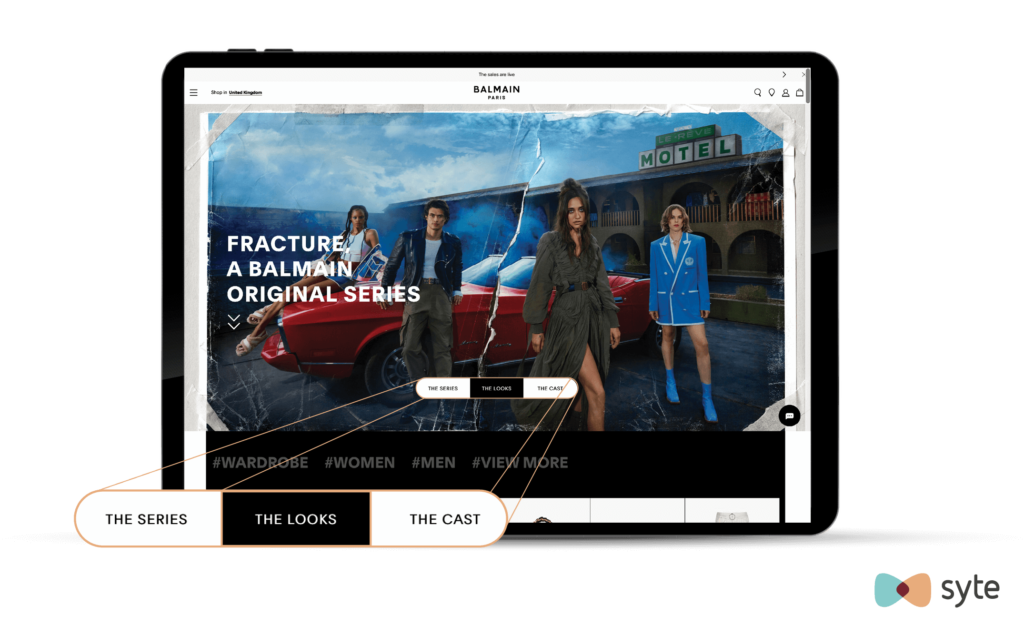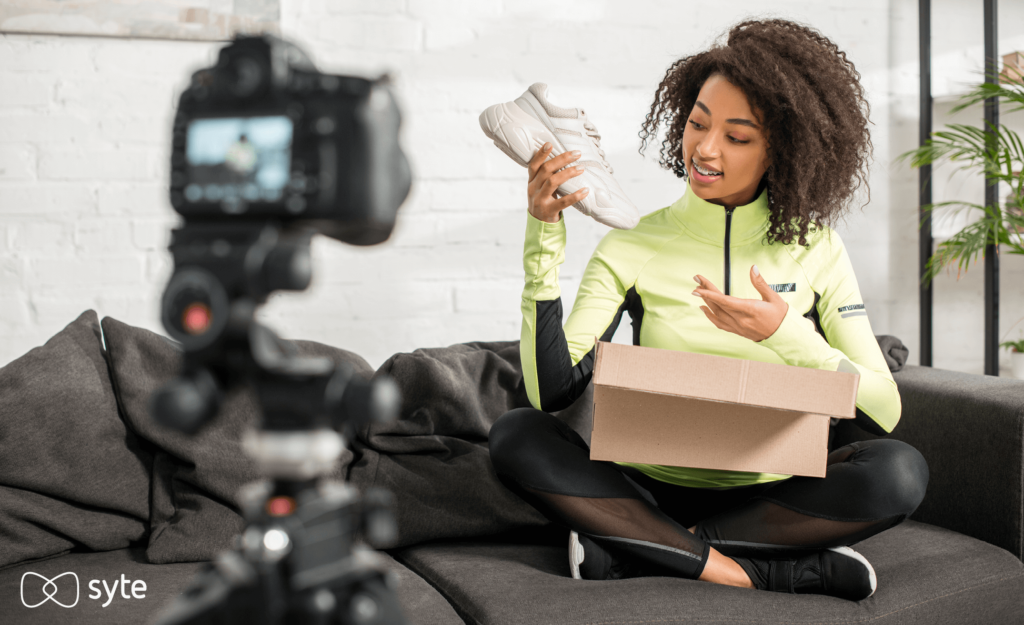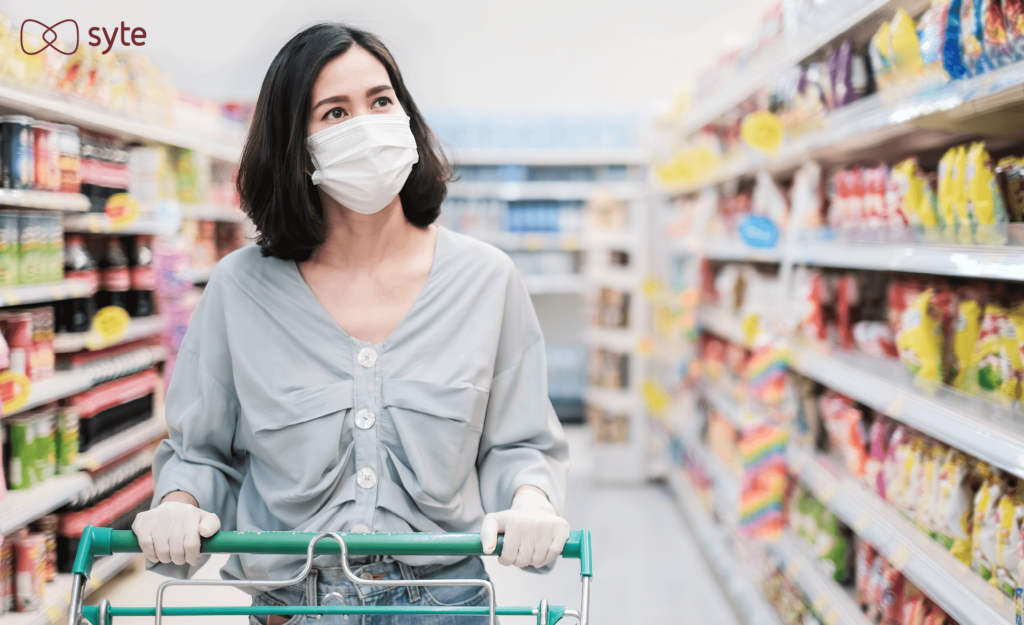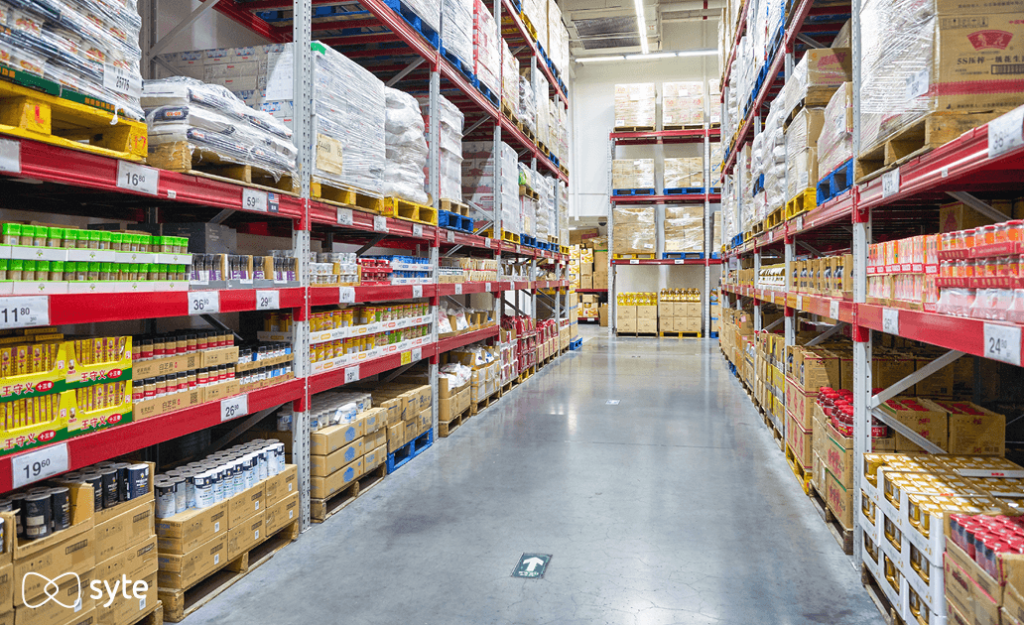This past year was all about learning to adjust to disruptions, lockdowns and supply chain issues, the likes of which no one in retail had ever experienced before. As a result, shopping has become increasingly digital with remarkable growth in social commerce, augmented reality ‘try-before-you-buy’ options, and other emerging technologies.
The pandemic ultimately became a launchpad for many of the top retail innovation trends in 2021 — and brands and retailers are banking on these exciting new strategies to continue attracting online customers in the New Year, even as physical stores have started reopening their doors.
In this post, we’ll take a look at some of the most memorable new brand experiences, COVID-conscious shopping solutions, and robotics and AI technology that shaped the top 10 retail innovation trends of 2021. First, we’ll take a quick look at the current state of retail and innovation. Let’s dive in!
The State of Retail and Innovation
Health and safety aren’t the only reasons still driving customers to stay indoors. The ease and convenience of online shopping has become ingrained into the everyday lives of consumers, with research showing that:
To be more in tune with the times, businesses around the world have had to shift their focus and move online or significantly expand their online presence. Coming up with different ways to connect with shoppers, both online and offline, has become a top priority.
10 of the Most Innovative Retail Trends From 2021
In 2021, brands and retailers have had to get creative in order to provide customers with riveting, immersive, and omnichannel shopping experiences that convert. Here are 10 of the most popular retail innovation trends we observed this past year:
Memorable brand experiences
- Gamification and retailtainment
With the huge increase in online shopping due to the pandemic, one thing that became very clear to brands and retailers in 2021 is that if you want customers to come back, you have to deliver digital experiences that are engaging, exciting and worth remembering. This led to an uptick in retailtainment with some very uniquely branded games, livestreams, and even TV shows. For example:

Drest is a video game made with fashionistas in mind, especially luxury shoppers. It was created by Lucy Yeoman, former editor-in-chief of Net-a-Porter and Harper’s Bazaar UK. The game provides players with daily creative challenges to style looks with the latest products from leading luxury brands. All of the looks and products in the game are shareable and shoppable — they can be added to players’ wishlists or collections and then purchased from Farfetch.

Balmain, a French luxury fashion house, took its designs from the runway to the small screen when it paired up with the UK’s Channel 4 to create the industry’s first ever branded short-form drama series, called Fracture. The show has five episodes, each of which features exclusive looks from Balmain’s Fall Winter 2021 collection.
- Social commerce: New direct selling features for content creators
As the COVID crisis continues through its second year, establishing deeper connections between brands and consumers has become a key strategy for eCommerce success. One of the most effective ways brands and retailers have bridged the gap between in-store and online experiences has been through social media.
During the pandemic, brands that engaged influencers or encouraged customer photos and reviews were able to provide the social proof that shoppers used to get from in-store experiences with friends, family or shop assistants. In fact, social commerce has become a whole new subcategory of eCommerce that is estimated to reach $84.2 billion in U.S. sales by 2024.

User-generated content has quickly become one of the leading factors that consumers use to make purchasing decisions — and letting them buy products straight from the social media platform they’re already on removes the friction of jumping between sites once shoppers are already excited about a particular item. That’s why platforms like Tiktok, Youtube, and Instagram added or improved the options to sell directly from a brand or content creator’s channel during 2021. For example:
Tiktok launched Seller University, which serves as a training hub with a full suite of lessons for those who want to do business on the platform. The video-sharing service also partnered with Shopify to reach out to more users.
YouTube began testing a new in-app shopping feature that allows viewers to browse and buy products from unboxing videos and product reviews.
Instagram announced a new suite of tools, including Creator Shops, which allows businesses to sell products in-app.
Facebook made its marketplace more influencer-friendly by letting brands connect to influencers and allowing influencers to gain commission from the products they sold.
COVID-conscious solutions
- Best time to shop apps
Brick-and-mortar stores that remained open during the pandemic, like supermarkets and pharmacies, had to take measures to ensure public health was a top priority. Ireland-based supermarket Lidl got creative and partnered with WhatsApp to release a chatbot that informed customers of the optimum times to shop — AKA when the store had the fewest customers shopping.

All customers had to do was text the bot with the date and time they wanted to shop, and the bot would provide a response indicating how busy the store typically was at that hour based on real-time data and transaction numbers.
- Touchless checkout
During the pandemic, touchless experiences afforded customers both convenience and safety. They did not have to engage with store staff and could quickly and easily get the products they wanted from their preferred seller.
One of the most well-known options for touchless checkout is Amazon Go. With its “Just Walk Out” technology, the chain store integrates sensor fusion, computer vision, and deep learning. This gives shoppers the freedom to simply take the products they want and leave, with the system accounting for the purchase through a virtual cart. Later, they are sent a receipt and charged through their Amazon account.
Other retailers took touchless retail innovation technology to a whole new level. Take, for instance, Holo Industries and its holographic menu:

What once was portrayed as futuristic technology used by billionaire Tony Stark in Marvel’s Iron Man movies is now available to everyday consumers in certain restaurants, stores, and malls. The germ-free, touchless, mid-air holographic displays became popular with brands and retailers that wanted to allow customers to interact with a beam of light to complete their orders instead of a touchscreen.
- Sustainability and focus on green branding
Beyond concerns for public safety, COVID also had an impact on consumption patterns. According to an EU report, 56% of consumers said environmental concerns influenced their purchasing decisions and 67% said that they bought products that were better for the environment, even if such products were more expensive.
This trend of more mindful shopping has led to new and interesting retail partnerships. Last year, for example, the startup Olive was founded by Nate Faust, aiming to cut down on carbon emissions through consolidated, cardboard-free deliveries. Olive works with hundreds of different brands and retailers that have made sustainability a priority, including Adidas, Saks Fifth Avenue, and Hugo Boss. The way it works is retail partners ship items in bulk to Olive’s consolidation hub and then the products are prepared for individual shipping with containers made from almost entirely recycled materials.
Bringing in-store experiences home
- Personalized shopping assistance
Before the pandemic, shoppers would often rely on the expertise and advice of knowledgeable store employees before making big-ticket purchases, such as luxury clothing, automobiles, and jewelry. Now, as part of one of the more popular 2021 retail innovation trends, more brands and retailers offer consultation services online.
Take Kay Jewelers, for example, which gives you multiple options to connect with one of their jewelry experts through their website. You can chat online, participate in a video call, or book an appointment for a virtual consultation to find the perfect gift or get help servicing, repairing, or sizing your jewelry.

However, personalized online shopping experiences don’t always need a person anymore. Retail technology now enables hyper-personalization at scale in the form of recommendation engines, the virtual counterpart of an in-store shop assistant that can anticipate your needs and facilitate a seamless product discovery experience.
A sophisticated product recommendation engine can identify a shopper’s current intentions and needs in order to provide context-based, hyper-relevant suggestions that drive conversion and improve the overall experience. In fact, 91% of customers say they are more likely to shop with brands that recognize, remember, and provide relevant offers and recommendations.
- Award-winning dining options
Beyond traditional retail, we’ve also seen some innovative trends occur in the food service industry. For example, with so many restaurants forced to close their doors or limit their seating to outdoor venues only, a few came up with creative ways to provide that first class dining experience directly to patrons’ homes.
Oblix at the Shard skyscraper created a special menu of indulgent dishes that could easily be transported through its delivery service, giving Londoners the ability to replicate the award-winning dining experience in their own kitchens. Another popular restaurant, Roka, launched its “Finish at Home” meal kit. The fireside cooking was completed in the restaurant and delivered hot to customers’ homes.
AI technology
- Optimized fulfillment and delivery services
In 2021, shoppers had to adapt to the changes brought about by the pandemic – resulting in a huge increase in online orders. In tandem, brands and retailers had to also come up with new ways to optimize fulfillment operations. Walmart, for example, partnered with startup Alert Innovation to develop Alphabot, an automated product retrieval system designed specifically for the chain’s 20,000 square foot warehouse spaces.

Alphabot facilitates the fulfillment of online grocery orders by sending autonomous carts to pull ambient, refrigerated, and frozen items from warehouse shelves. It then brings the products to workstations where Walmart associates check and deliver the order.
There is also a growing demand for autonomous deliveries. We can now see bots from companies such as Starship Technologies working overtime to fulfill deliveries. The items delivered go beyond food—other dry goods and medicines are also being sent to customers.
- Strategic merchandising
Managing product inventory is a complicated process that’s almost always a large expense for brands and retailers. During 2021, retail businesses around the world also had to deal with supply chain disruptions and unexpected shifts in consumer demand. To confront these COVID-related challenges, forward-thinking brands and retailers took advantage of AI-powered smart merchandising to maximize sales of existing inventory and make more informed decisions regarding ordering and manufacturing new items.
By focusing on the strategic placement and order of products and promotions on their websites, these retailers were able to ensure a seamless and positive shopping experience that led to higher conversion rates, even for slow moving items. At the same time, data from visual AI enabled them to predict trends and determine the right price points to maximize sales and increase customer satisfaction.
To learn more, check out our video on how to implement smarter inventory and merchandising strategies for your website.
- Virtual try-on
With more and more customers shopping online, retailers are starting to invest in more tech capabilities that polish the shopping experience. For example:
L’Oréal Thailand is a great case in point. Partnering with YouTube’s AR Beauty Try-On solution, shoppers can try on different shades of makeup straight from their mobile phones. All it takes is a swipe through the color carousel and then a click to purchase.

Another popular household name – Gap – chose to invest in its own virtual try-on solution by acquiring a startup called Drapr, which uses 3D avatars that allow shoppers to simulate an in-person try-on experience.
Virtual try-on solutions were a huge success in 2021, when many shoppers couldn’t physically go into stores to check their size. This innovative solution enabled them to quickly and efficiently select the right fit, increasing customer satisfaction and reducing returns at the same time.
The Silver Lining of the Pandemic
The pandemic may be far from over, but with it came innovations that made retail much more immersive and exciting. Solutions like robotics, AI, augmented reality, and more have given brands and retailers a chance to stand out and win customers. We expect these trends to influence the market even more in the coming year. With the right tools that ensure a personalized and seamless shopping experience, retail businesses can remain ahead in an ever-changing environment.